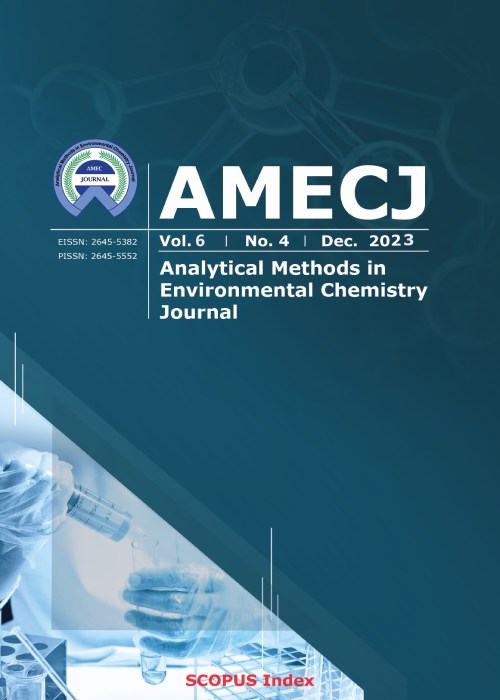A Review: Water pollution by heavy metal and organic pollutants: Brief review of sources, effects and progress on remediation with aquatic plants
Heavy metals and organic pollutants are ubiquitous environmental pollutants affecting the quality of soil, water and air. Over the past 5 decades, a lot of strategies have been being developed for treatment of polluted water. Strategies involving aquatic plant use are preferable to conventional methods. In this study, an attempt was made to provide a profound and brief review on latest and newest progresses in research and practical applications of phytoremediation for water resources with the following objectives: (1) to discuss the toxicity of chemicals pollution in water to plant, animals, and human health (2) to summarise the physicochemical factors affecting removal of toxic chemicals such as heavy metals and organic contaminants in aqueous solutions by aquatic plants; (3) to summarise and compare the removal rates of heavy metals and organic contaminants in aqueous solutions by diverse aquatic plants; and (4) to summarise chemometric models for testing aquatic plant performance. More than 20 aquatic plants specie have been used extensively while duckweed (L. minor), water hyacinth (Eichhornia crassipes), water lettuce (P. stratiotes) are the most common. Overall, chemometrics for performance assessment reported include: Growth rate (GR), Growth rate inhibition (% Inhibition), Metal uptake (MU), translocation/ transfer factor (TF), bioconcentration factor (BCF), Percent metal uptake (% MU), Removal capacity (RC) and Tolerance index (TI) while absorption rate have been studied using the sorption kinetics and isotherms models such as pseudo-first-order (PFO), pseudo-second-order (PSO), Freundlich, Langmuir and Temkin. Using modeling and interpretation of adsorption isotherms for performance assessment is particularly good and increases level of accuracy obtained from adsorption processes of contaminant on plant. Conclusion was drawn by emphesizing the gap in knowledge and suggesting very important future areas of research for scientists and policymakers.
- حق عضویت دریافتی صرف حمایت از نشریات عضو و نگهداری، تکمیل و توسعه مگیران میشود.
- پرداخت حق اشتراک و دانلود مقالات اجازه بازنشر آن در سایر رسانههای چاپی و دیجیتال را به کاربر نمیدهد.


